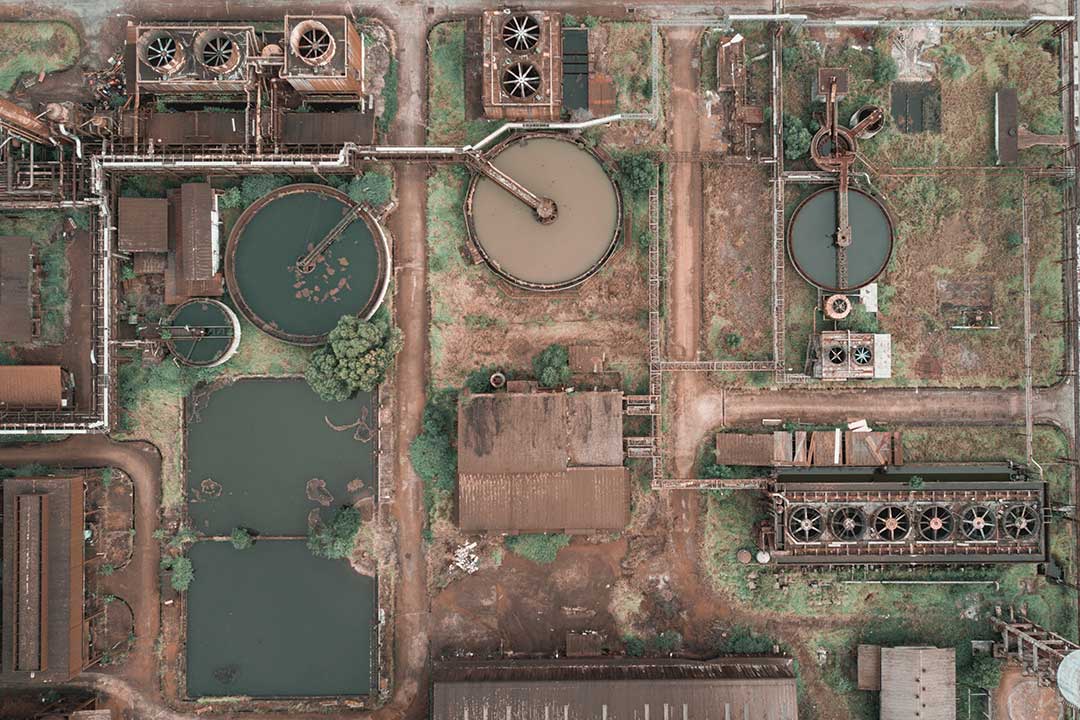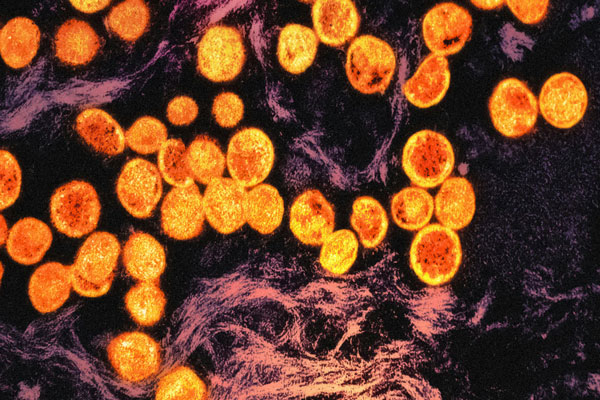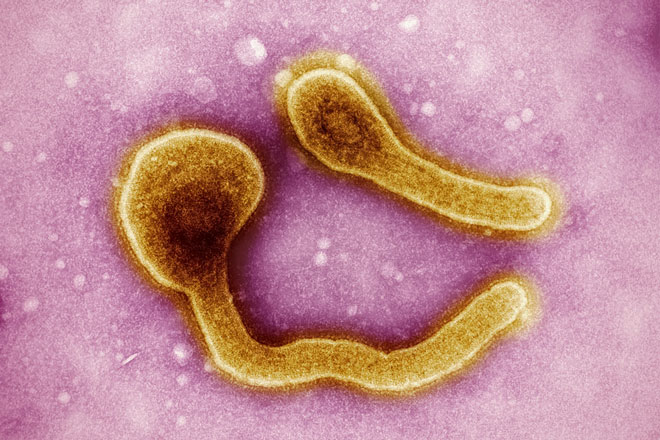Hunting for Pi – the next variant after Omicron – in the toilet
Tracking the circulation of infectious diseases through wastewater is not new, but it’s becoming vital in the hunt for the next version of COVID-19.
- 30 September 2022
- 3 min read
- by Priya Joi

Disease detectives are on the lookout for the next variant of COVID-19 and since the virus is still in such high circulation worldwide the virus is constantly mutating. This means it could be evolving to better evade vaccines and attack our immune systems. Although Omicron was milder than the variants came before it, scientists have warned the next variant – which will probably be called Pi – could be far more deadly.
“A lot of the lineages we are finding make Omicron look pedestrian.”
Sifting through sewage
As SARS-CoV-2 can be shed in faecal matter for weeks after the respiratory symptoms clear, wastewater is an obvious place to look for new variants.
Tracking circulating pathogens has long been an important way of finding early signals of the presence of a disease in a community – it was critical in the eradication of polio in India, for example. Researchers are also using these techniques to track the spread of monkeypox.
An initiative to look for SARS-CoV-2 in Bangalore, India, has provided early warnings of COVID-19 infection spikes, with the researchers able to identify which variants of SARS-CoV-2 are circulating, and in roughly what proportions.
Have you read
Major mutations
For much of this year, virologist Dr Dave O’Connor and colleagues at the University of Wisconsin-Madison have been tracking a heavily mutated version of SARS-CoV-2 that they narrowed down to one particular area of Wisconsin.
Scientists are starting to believe that chronic COVID-19 infections lingering for months in people who may have compromised immune systems are a hotbed of new variants, as the virus has a long time to mutate.
The variant Dr O’Connor’s team is tracking first appeared in sewage collected in January 2022, and though it shares numerous mutations with Omicron, it came from an entirely different part of the SARS-CoV-2 family tree. The team have tracked the lineage to a company of 30 employees and are now trying to determine their next move.
The next Omicron?
Dr Marc Johnson, a virologist at the University of Missouri in Columbia, is working with O’Connor to trace wastewater lineages in Wisconsin. With their colleagues, they are hunting so-called ‘cryptic lineages’, which are viral lineages in wastewater that didn’t match anything in global databases of millions of sequences.
These cryptic lineages were significant in that they often had several mutations in the spike protein that SARS-CoV-2 uses to enter our cells – and which our immune system targets. Dr O’Connor told Nature that such lineages could help forecast macro trends in SARS-CoV-2 evolution, which could in turn help the development of variant-proof vaccines and treatments.
For these virologists, a lot is riding on early detection of the next major COVID-19 variant. “A lot of the lineages we are finding make Omicron look pedestrian,” said Dr Johnson.









